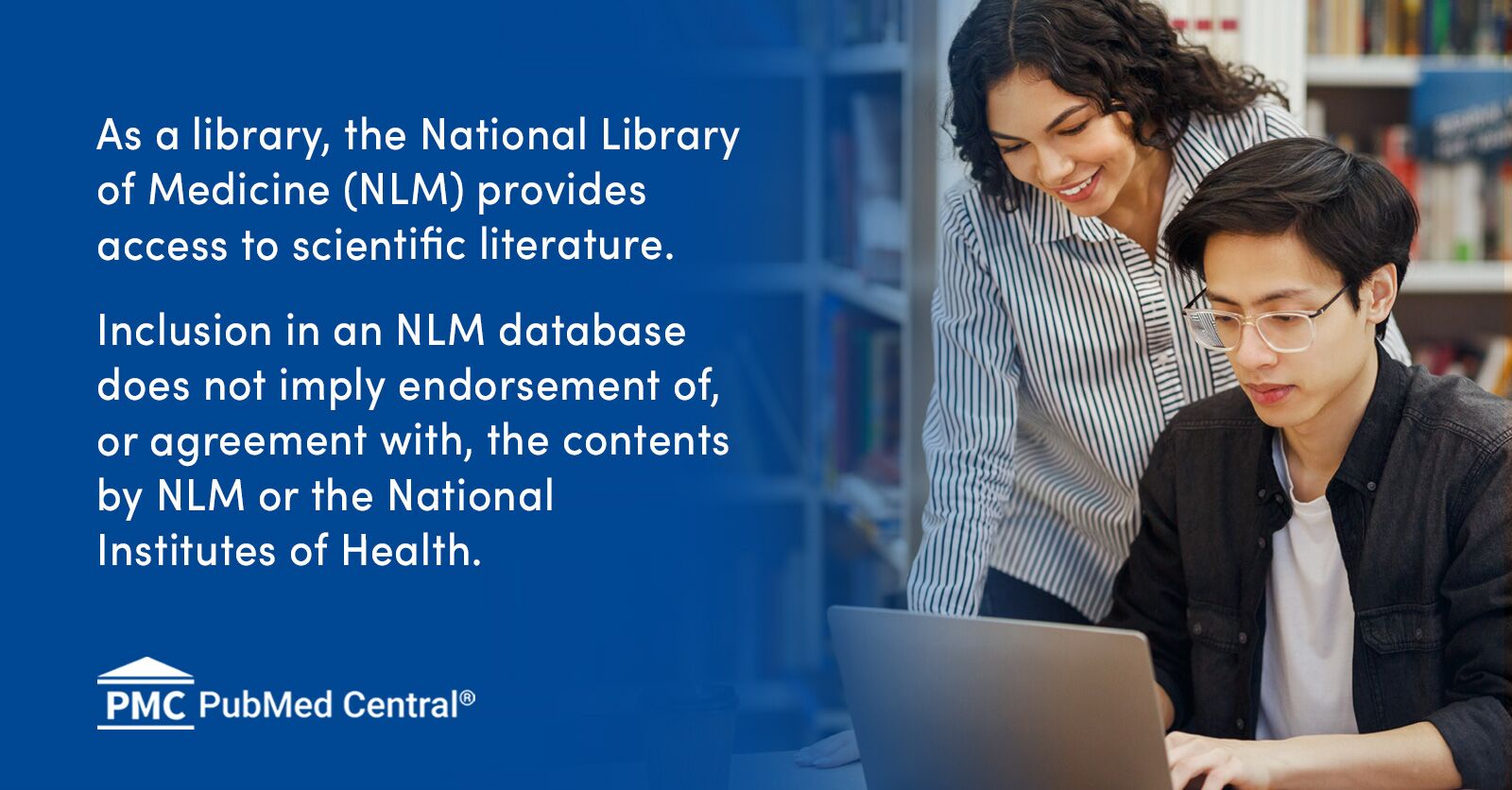copium7777
Bluelighter
- Joined
- Apr 26, 2020
- Messages
- 411
I have been curious about dissociative anaesthetics for ME/CFS for awhile. But in reading about xenon, I’m more excited by the potential applications than by ketamine, nitrous oxide, etc. The only downside seems to be cost and difficulty obtaining it.
“Xenon interacts with many different receptors and ion channels, and like many theoretically multi-modal inhalation anesthetics, these interactions are likely complementary. Xenon is a high-affinity glycine-site NMDA receptor antagonist.[136]However, xenon is different from certain other NMDA receptor antagonists in that it is not neurotoxic and it inhibits the neurotoxicity of ketamine and nitrous oxide, while actually producing neuroprotective effects.[137][138] Unlike ketamine and nitrous oxide, xenon does not stimulate a dopamine efflux in the nucleus accumbens.[139] Like nitrous oxide and cyclopropane, xenon activates the two-pore domain potassium channel TREK-1. A related channel TASK-3 also implicated in the actions of inhalation anesthetics is insensitive to xenon.[140] Xenon inhibits nicotinic acetylcholine α4β2 receptors which contribute to spinally mediated analgesia.[141][142] Xenon is an effective inhibitor of plasma membrane Ca2+ATPase. Xenon inhibits Ca2+ ATPase by binding to a hydrophobic pore within the enzyme and preventing the enzyme from assuming active conformations.[143]
Xenon is a competitive inhibitor of the serotonin 5-HT3 receptor. While neither anesthetic nor antinociceptive, this reduces anesthesia-emergent nausea and vomiting.[144]
Xenon has a minimum alveolar concentration (MAC) of 72% at age 40, making it 44% more potent than N2O as an anesthetic.[145] Thus, it can be used with oxygen in concentrations that have a lower risk of hypoxia.
...
Xenon induces robust cardioprotectionand neuroprotection through a variety of mechanisms. Through its influence on Ca2+, K+, KATP\HIF, and NMDA antagonism, xenon is neuroprotective when administered before, during and after ischemic insults.[147][148] Xenon is a high affinity antagonist at the NMDA receptor glycine site.[136] Xenon is cardioprotective in ischemia-reperfusion conditions by inducing pharmacologicnon-ischemic preconditioning. Xenon is cardioprotective by activating PKC-epsilon and downstream p38-MAPK.[149] Xenon mimics neuronal ischemic preconditioning by activating ATP sensitive potassium channels.[150]Xenon allosterically reduces ATP mediated channel activation inhibition independently of the sulfonylurea receptor1 subunit, increasing KATP open-channel time and frequency.[151]
Sports dopingEdit
Inhaling a xenon/oxygen mixture activates production of the transcription factor HIF-1-alpha, which may lead to increased production of erythropoietin. The latter hormone is known to increase red blood cell production and athletic performance. Reportedly, doping with xenon inhalation has been used in Russia since 2004 and perhaps earlier.[152] On August 31, 2014, the World Anti Doping Agency (WADA) added xenon (and argon) to the list of prohibited substances and methods, although no reliable doping tests for these gases have yet been developed.[153”
So we have an nmda antagonist with some direct effects on ion channels, increases blood volume, antagonist of 5ht3 (like zofran) , neuro and cardioprotective , and I have heard from people in the industry that it’s bejng experimented with to protect from brain damage in premature babies. I also have found some info on its use in cancer. Will post below.
The ONLY real downside seems to be cost and availability.
“Xenon interacts with many different receptors and ion channels, and like many theoretically multi-modal inhalation anesthetics, these interactions are likely complementary. Xenon is a high-affinity glycine-site NMDA receptor antagonist.[136]However, xenon is different from certain other NMDA receptor antagonists in that it is not neurotoxic and it inhibits the neurotoxicity of ketamine and nitrous oxide, while actually producing neuroprotective effects.[137][138] Unlike ketamine and nitrous oxide, xenon does not stimulate a dopamine efflux in the nucleus accumbens.[139] Like nitrous oxide and cyclopropane, xenon activates the two-pore domain potassium channel TREK-1. A related channel TASK-3 also implicated in the actions of inhalation anesthetics is insensitive to xenon.[140] Xenon inhibits nicotinic acetylcholine α4β2 receptors which contribute to spinally mediated analgesia.[141][142] Xenon is an effective inhibitor of plasma membrane Ca2+ATPase. Xenon inhibits Ca2+ ATPase by binding to a hydrophobic pore within the enzyme and preventing the enzyme from assuming active conformations.[143]
Xenon is a competitive inhibitor of the serotonin 5-HT3 receptor. While neither anesthetic nor antinociceptive, this reduces anesthesia-emergent nausea and vomiting.[144]
Xenon has a minimum alveolar concentration (MAC) of 72% at age 40, making it 44% more potent than N2O as an anesthetic.[145] Thus, it can be used with oxygen in concentrations that have a lower risk of hypoxia.
...
Xenon induces robust cardioprotectionand neuroprotection through a variety of mechanisms. Through its influence on Ca2+, K+, KATP\HIF, and NMDA antagonism, xenon is neuroprotective when administered before, during and after ischemic insults.[147][148] Xenon is a high affinity antagonist at the NMDA receptor glycine site.[136] Xenon is cardioprotective in ischemia-reperfusion conditions by inducing pharmacologicnon-ischemic preconditioning. Xenon is cardioprotective by activating PKC-epsilon and downstream p38-MAPK.[149] Xenon mimics neuronal ischemic preconditioning by activating ATP sensitive potassium channels.[150]Xenon allosterically reduces ATP mediated channel activation inhibition independently of the sulfonylurea receptor1 subunit, increasing KATP open-channel time and frequency.[151]
Sports dopingEdit
Inhaling a xenon/oxygen mixture activates production of the transcription factor HIF-1-alpha, which may lead to increased production of erythropoietin. The latter hormone is known to increase red blood cell production and athletic performance. Reportedly, doping with xenon inhalation has been used in Russia since 2004 and perhaps earlier.[152] On August 31, 2014, the World Anti Doping Agency (WADA) added xenon (and argon) to the list of prohibited substances and methods, although no reliable doping tests for these gases have yet been developed.[153”
So we have an nmda antagonist with some direct effects on ion channels, increases blood volume, antagonist of 5ht3 (like zofran) , neuro and cardioprotective , and I have heard from people in the industry that it’s bejng experimented with to protect from brain damage in premature babies. I also have found some info on its use in cancer. Will post below.
The ONLY real downside seems to be cost and availability.

